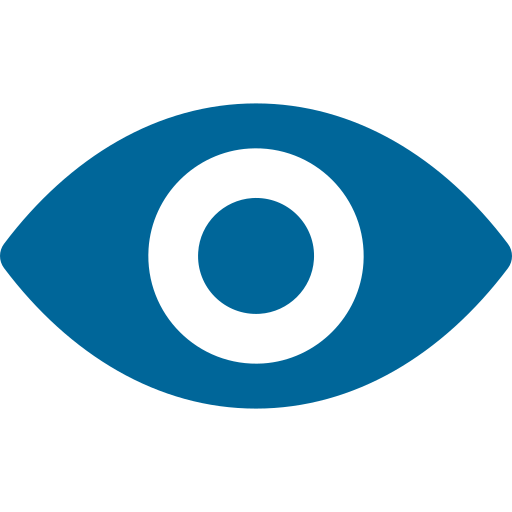Equipments
The Hydrographic Institute uses specific instrumentation in order to collect and process hydrographic, oceanographic and geological data.In its laboratories, special equipment is available for sedimentological, geotechnical and geochemical analyzes in marine soils and sediments; chemical analysis of fresh, marine, transitional and coastal natural waters; and calibration of technical-scientific equipment and respective sensors.
Field Instrumentation
Platforms:
- Moored surface buoy – Unmanned instrumented platform operating on the surface of the water column loosely tethered to the seafloor to maintain a fixed position. It may have a multiplicity of different sensors associated.
- Coastal structure – A fixed man-made structure permanently linked to land, to which instrumentation may be attached (e.g. meteorological station, HF Radar,…).
Sampling/observation devices:
- Smith McIntyre grab sampler – Samples the first 20 cm of the superficial sediment cover.
- ROV (Remotely Operated Vehicle) – Underwater autonomous vehicle remotely controlled from the surface to observe the sea bottom and underwater structures via video camera down to 200 m depth.
- Submersible camera – Underwater camera system which allows the acquisition of sea bottom photography up to 1000 m depth. This is a programmable system which allows for its autonomous deployment during long sampling periods (days to weeks).
- Vertical sediment samplers – Corers (vibrocorer, box corer, gravity corer, piston corer and multi-tube corer – Allow for the vertical sampling of the bottom sediment column. The type of sampler used will depend of the type of sea-bottom and the objective of the study.
- Superficial pumps – Used to collect water samples for chemical and sedimentological analyses at the shallower depths of the water column, down to 10 m depth.
- Filtration table – Superficial pumping system coupled with water flow meters and filter holders which allow the collection of suspended material for sedimentological, biological and chemical analyses.
- Rosette sampler – Circular assembly of Niskin bottles coupled to a remote firing device that is commanded from the ship. The sampler is lowered into the water column by the oceanographic winch and the different bottles are closed at the pre-determined sampling depths in order to collect water samples for sedimentological, chemical or biological analyses. These samplers are generally used coupled with water column profilers like CTD probes.
- Sea level recorder – Instruments that make measurements of the elevation of the sea surface relative to a fixed vertical datum.
- Wave Recorder - Instrument that measures water column surface wave parameters including height, period, direction and energy spectra.
- Current meter - Instrument that measures current speed and direction at a single depth.
- Current profiler - Instrument that measures current speed and direction at multiple predetermined depths simultaneously.
- Multiparametric probe – A configurable probe that combines different sensors with capacity of acquiring data to characterize the water column.
- Drifter – Device equipped with GPS and satellite communication, capable of track surface currents and sea temperature.
Measuring devices (indirect sampling and observation):
- LISST (Laser in situ transmissometry) – The LISST probe uses laser diffraction to determine suspended particle concentrations and grain size in the water column. It can detect particles in the size range of 0.002-500 mm down to 600 m depth.
- Acoustic positioning system – Uses sound propagation in the water column to transmit the exact position of submerged equipment (ROV, sonars, sediment samplers etc.) to a recorder at the surface.
- Magnetometer – Measures the magnetic field in order to determine geological features in the sea bottom and object detection that are made up of mainly ferromagnetic materials.
- High resolution seismic profilers (Chirp, SPARKER and BOOMER) – Use seismic reflection acoustics to determine the sub-bottom geological structure of the seafloor, with a maximum resolution of 30 to 50 cm, depending on the different systems.
- Side-Scan Sonar – Sonar device which allows the acquisition of acoustic images of the seafloor. The acoustic impulse is emitted from two transducers placed onboard the equipment, ensuring the seafloor coverage in two bands parallel to the side scan sonar track. The variation in the acoustic reflections characterize the different types of bottom coverage, creating an acoustic image of the seafloor..
Laboratory equipment
Chemistry and Pollution of the Marine Environment Lab:
- UV / VIS spectrometer - Quantification of chlorophyll in the water matrix.
- Infrared Spectrometer - Quantification of hydrocarbons in the three matrices (water, sediments and living organisms).
- Atomic absorption spectrometer - Quantification of metals in the three matrices.
- Mercury analyzer – Quantification of mercury in the water and sediment matrix.
- Segmented flow autoanalyzer (SFA) - Quantification of nutrients in the water matrix.
- Gas chromatograph with electronic capture detector (GC/ECD) - Quantification of polychlorobiphenyls and organochlorine pesticides in the three matrices.
- Gas chromatograph with mass detector (GC/MS) - Quantifications of polycyclic aromatic hydrocarbons in the three matrices; oil spills identification.
- Salinometer – Quantification of salinity in the water matrix.
- Extractor solvent - Accelerated (ASE) - extraction of organic compounds in the sediment and biota matrices.
- Microwave Digester - Extraction of metals in the sediment and biota.
- Lyophilizer - Drying of the sediment matrix.
- Inductive Plasma Coupled Mass Spectrometer - (ICP-MS) – Quantification of metals in the three matrices.
Sedimentology Lab:
Dimensional analysis (grain size-granulometry):
- Sieves – Used to determine sediment grain size. Generally, a sieve column with an exponentially decreasing mesh of 32 mm down to 0.063 mm is used, according to the Krumbein (phi-φ) granulometric scale.
- Laser diffraction grain size analyzer – Uses the laser diffraction method to determine the sediment grain size from 0.00002 to 2000 mm. It is also equipped with a small volumes unit that enables the analysis and recovery of very small sediment/particle samples. The latter is used mainly on suspended sediment samples or when sample recovery after analysis is an issue.
Compositional analysis:
- Optical instruments (Binocular lens and petrographic microscope) – Used to identify the composition and shape of coarse sediments over 0.063 mm.
- X-Ray Diffractometer (XRD) – Uses X- ray diffraction to determine the mineralogical composition of sediment samples.
- Infra-red absorption spectrometer – Used to determine total organic carbon (TOC), total inorganic carbon (TIC) and total carbon (TC) on sediment and water samples.
- X-ray fluorescence spectrometer – Used to determine the elemental (chemical) composition of sediment samples.
Core Logging:
- Magnetic susceptibility logger.
- Visible light spectrophotometer.
- Photographic camera.
- P-wave propagation logger.
Geotechnical tests:
- Triaxial shear stress system – Test camera used to apply an hydrostatic shear state and axial loading on a cylindrical sediment sample (bottom sample) in order to determine its mechanical properties.
- Cone penetration (Dutch Cone Test) and Casagrande Cup – Used to measure soil/ sediment resistance to penetration and determining the Attervberg limits that define the mechanical properties of the soil/sediment according to its water content.
Auxiliary equipment:
- Mills – Used for the preparation of samples for certain tests requiring pulverization. In the sedimentology lab there are several types of mills used according to the several test requirements (corundum or agate ball mills and pestle mills).
- Drying ovens - Used for drying samples at the determined temperatures required by the different tests.
- High precision scales.
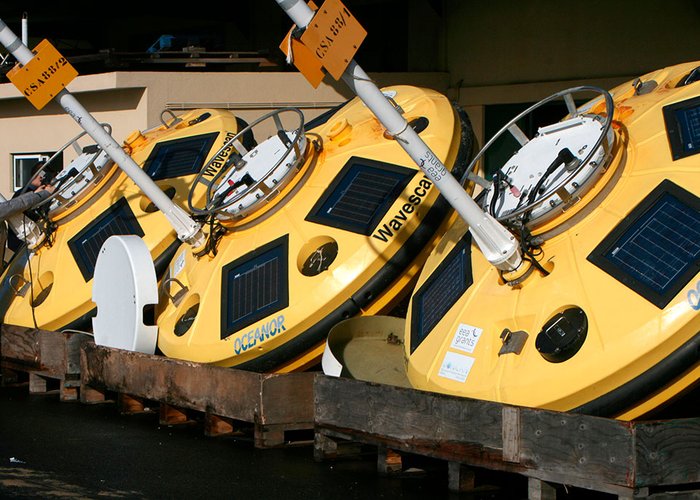
Boias multiparametricas
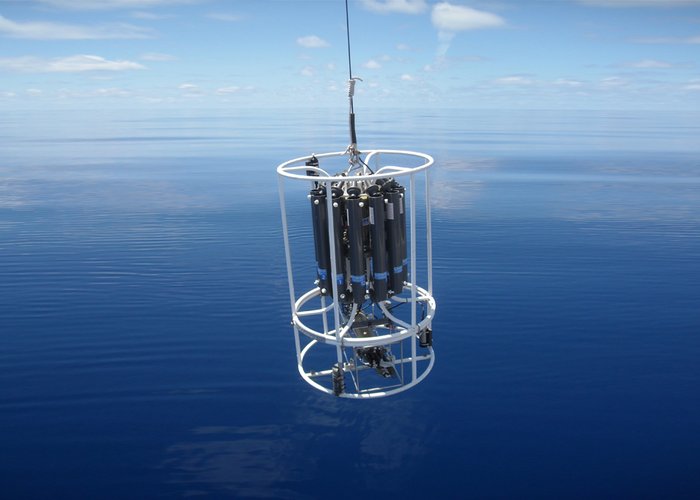
Sistema CTD
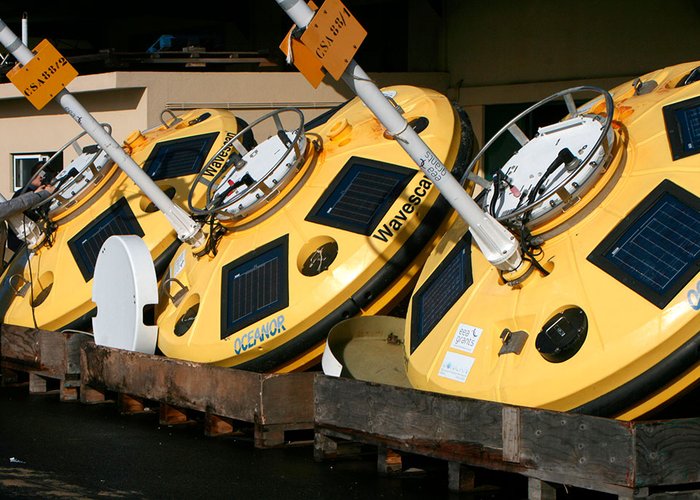
Boias multiparamétricas
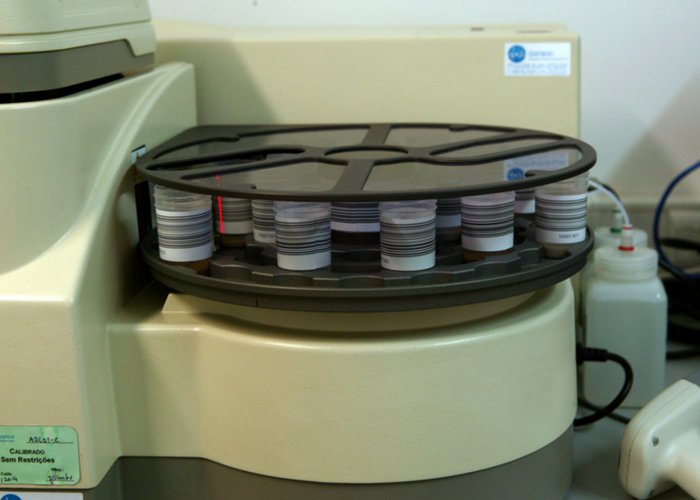
Difratómetro laser

Marégrafo
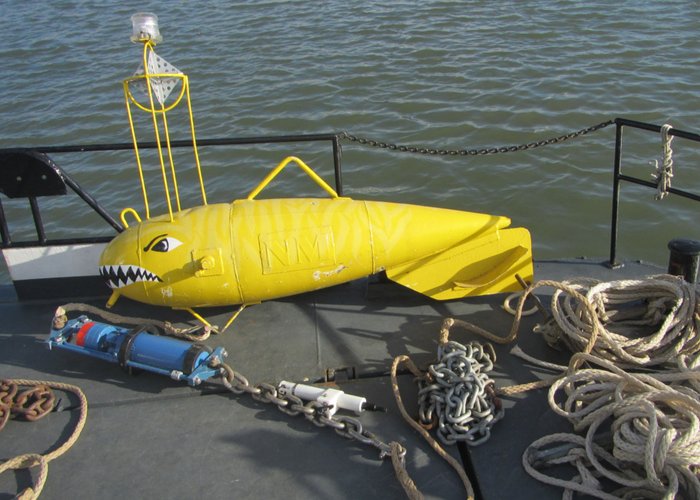
Flutuador com Correntómetro e registador da temperatura da água
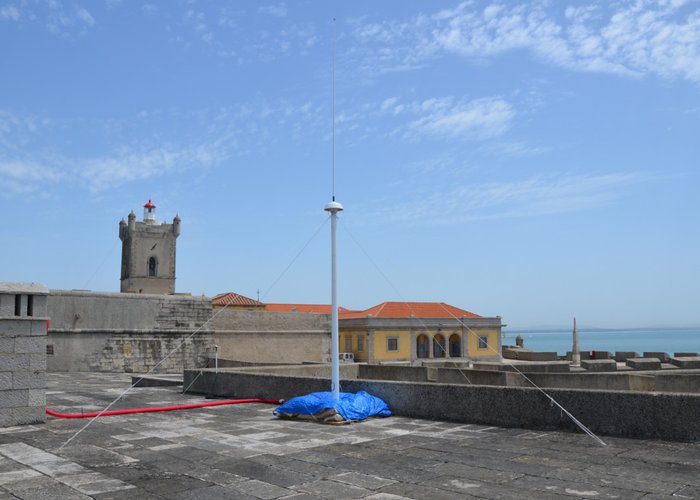
Estação radar costeiro
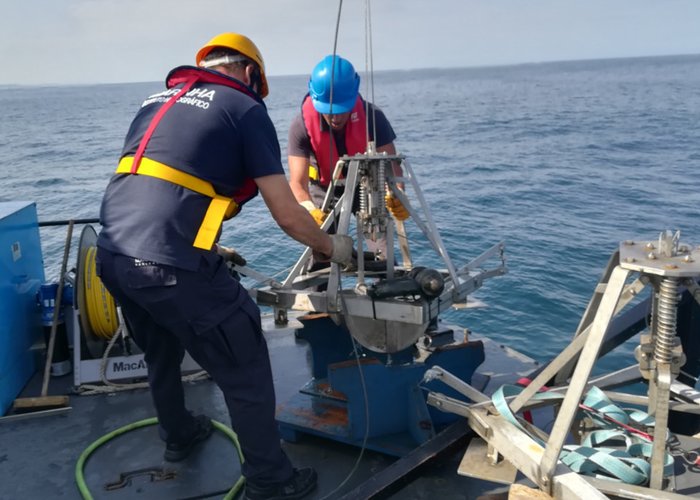
Draga Smith McIntyre
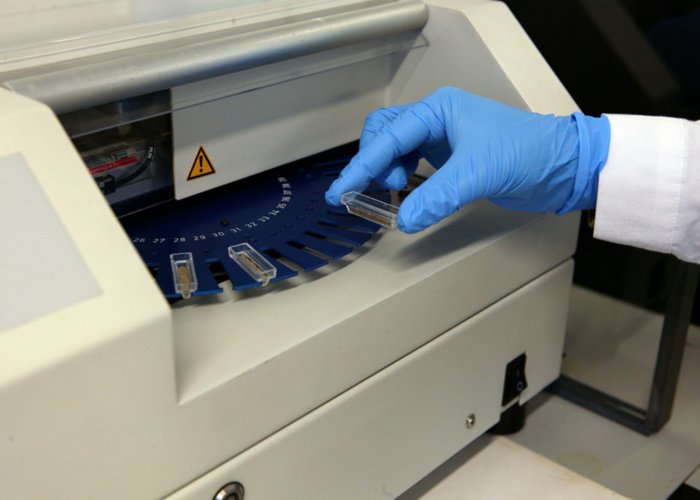
Analisador de Mercúrio
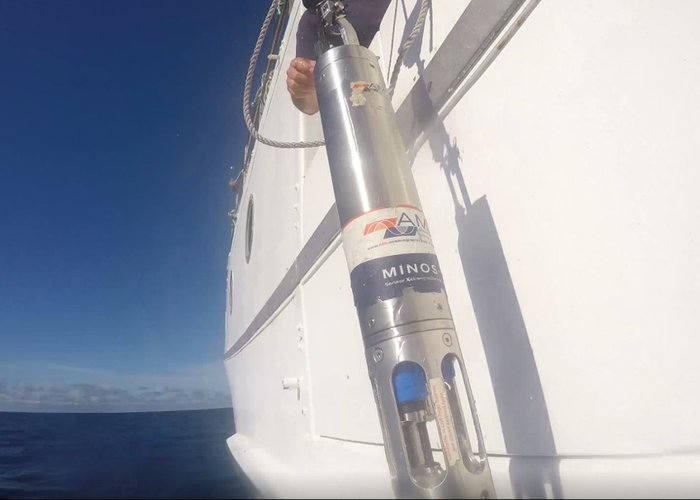
Perfilador de velocidade do som.


